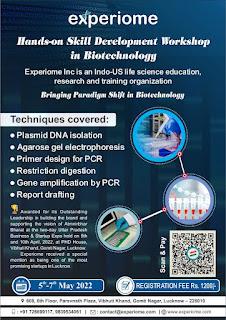SHIFT TO AN ERA OF MOLECULAR DOCKING | Experiome
The area of molecular docking has grown in popularity over the last three decades as structural
molecular biology and structure-based drug discovery have become pivotal with time. The
tremendous increase in the availability and power of computers, as well as the increased ease of
access to small chemical and protein databases, have considerably aided it.
The purpose of automated molecular docking software is to comprehend and predict molecular
recognition on both a structural and energetic level, predicting binding affinity. Molecular
docking is most commonly done between a small molecule and a macromolecule target.
Although ligand–protein docking is commonly used, protein–protein docking is gaining
popularity. Biotech Course
Structure–activity studies, lead optimization, virtual screening for potential leads, providing
binding hypotheses to aid predictions for mutagenesis studies, assisting x-ray crystallography in
the fitting of substrates and inhibitors to electron density, chemical mechanism studies, and
combinatorial library design are just a few of the uses and applications of molecular docking in
drug discovery. Advanced Biotechnology
Virtual screening based on molecular descriptors and physicochemical properties of (in)active
ligands is very useful for finding hits and leads through library enrichment for screening, a
strategy that is also well-used for reducing and enriching the library of ligands for molecular
docking; there are recent reports that ligand shape-matching is as good as, if not better than,
docking. When utilised as the final stage in virtual screening, however, molecular docking helps
to give three-dimensional (3D) structural theories of how a ligand interacts with its target.

Comments
Post a Comment